Simple and easy, these Vegan Ladyfingers come together in just a few minutes without any fancy ingredients. Slightly sweet with a nice crunchy exterior and soft interior, these cookies are the ultimate in versatility.

Whipped aquafaba, the liquid from a can of chickpeas, replaces the usual eggs and helps these ladyfingers come together. Slightly sweet with a hint of vanilla and a nice crunch, these ladyfingers are ideal to dip in your morning coffee or to use in your favorite vegan tiramisu recipes.
If you are a secret cookie monster, you may also love these thumbprint cookies, these white chocolate macadamia cookies, or these vegan Nutella cookies.
Why You’ll Love This Ladyfingers Recipe
- Versatile: There are many ways to use ladyfingers or you can eat them as is.
- Affordable: With a few simple ingredients, this recipe won’t break the bank.
- Adaptable: If you want to fancy up these ladyfingers add some spice, throw in some zest, or dip them in chocolate.
Ingredients
- Aquafaba: This is the water from a can of chickpeas. Strain the chickpeas and put them aside to use in this chickpea tuna salad but keep the liquid. There are no substitutes for aquafaba.
- Granulated sugar: I used white granulated sugar but coconut sugar is also an option though your dough may be slightly darker.
- Flour: Use all-purpose white flour or a 1-1 gluten-free flour option to make gluten-free ladyfingers.
- Cornstarch: you can also use arrowroot powder.
- Baking powder: Baking powder helps these cookies rise ever so slightly.
- Vanilla: Vanilla extract adds some sweetness to these lady fingers.
- Coconut oil: You’ll need melted room temperature coconut oil for the batter and greasing the ladyfinger molds if you use them. Choose an unflavored coconut oil if you’d prefer not to have any coconut flavor in the cookies.
- Powdered sugar: Powdered sugar also known as confectioners’ sugar is used for dusting the vegan ladyfingers cookies.
See the recipe card below for exact ingredient amounts, nutritional information, and detailed instructions.
Variations
- Spice them up: Stir in a touch of cinnamon, espresso powder, or pumpkin pie spice.
- Add some zest: Mix in fresh lemon zest for a slightly tart flavor.
- Dip them in chocolate: Melt baking chocolate or chocolate chips and dip the cooled ladyfingers. You can dip the whole cookie or just half.
- Flavor the powdered sugar: Use a combination of powdered sugar and cinnamon, powdered sugar, and lemon zest, or even matcha or cocoa powder would pair well with the icing sugar.
How to Make Ladyfingers
Here are the quick and easy steps to making vegan ladyfingers. Get the oven going!
Step 1: Prepare the aquafaba. Drain the chickpeas and use a food scale to measure the exact amount of liquid, transfer the liquid to a stand mixer and whip until it turns white and fluffy and stiff peaks form. This will take at least 5-7 minutes on HIGH speed. If it's not working, you just haven't been whipping for long enough!


Step 2: Add the sugar and wet ingredients. After stiff peaks have formed, slowly add the sugar while whisking, turn off the mixer, and add the melted coconut oil and vanilla.
Step 3: Add the dry ingredients. Combine the dry ingredients and then fold them into the aquafaba mixture, mixing gently.
Step 4: Prepare the ladyfingers. Transfer the mixture to a piping bag and pipe it into strips on a baking sheet.


Step 5: Bake the ladyfingers. Bake the ladyfingers until they are golden on the edges.
Step 6: Dust with powdered sugar. Once the ladyfingers are completely cool, dust them with powdered sugar and enjoy.

Serving Suggestions
This ladyfinger recipe goes well with so many dishes. Here are some great examples:
- Pair them with this whipped coffee or this creamy lemonade for an afternoon snack.
- Make these lady fingers to use in these vegan tiramisu cups or to top this banana pudding.
- Bake to dip in this caramel dip. Yum!

Expert Tips
- Ensure the ladyfingers are all the same size: This will ensure they bake up at the same pace. I draw 4-inch lines on the parchment paper to outline where to pipe on the ladyfingers. Turn the parchment paper upside down after drawing the lines, so that your cookies don't come out with lines on them.
- Don’t over-mix the aquafaba: Too much whipping and you may end up with grainy or watery aquafaba.
- Let the cookies cool completely: Don’t sprinkle with the powdered sugar until the cookies are completely cool or the sugar will melt. And, don’t place them in an airtight container until they are cool as they will sweat and become soggy.
- Melt the coconut oil. The coconut oil that goes in the batter should be liquified but not hot. Melt it in the microwave but allow it to cool before pouring it into the batter.
- Use a ladyfinger mold. If you are a big fan of ladyfingers it might be worthwhile investing in a proper mold or ramekin so you don’t have to draw lines on the parchment paper.
- Store in an airtight container: Once cooled completely, transfer the ladyfingers to an airtight container and store at room temperature for up to 5 days. You can also freeze ladyfingers for up to 3 months.
Video
Recipe FAQs
Ladyfingers are a type of cookie that are sponge-cake-like in texture and are long and thin in shape, hence the name ladyfingers.
Yes, some ladyfingers recipes use eggs but I’ve used aquafaba instead making these vegan.
I highly recommend using a stand mixer to whip the aquafaba but you can try whipping it by hand. It may take a little longer. If you have an electric whisk, it works well too.

More Delicious Cookie Recipes

Vegan Ladyfingers Recipe
Ingredients
- 120 g aquafaba water from a can of chickpeas
- 1 cup granulated sugar 120 g
- 2 cups all-purpose flour 240 g
- 3 tablespoon cornstarch
- 2 teaspoon baking powder
- ¼ teaspoon salt
- 2 teaspoon vanilla
- ¼ cup coconut oil melted but not hot
- powdered sugar for dusting
Instructions
- Preheat the oven to 350F.
- Drain the water from a can of chickpeas and measure out 120g (use a food scale to do this).
- Transfer the aquafaba to a stand mixer and whip it on high speed for 4-5 minutes. Whip until the aquafaba turns white and fluffy and forms stiff peaks (That means that when you remove the whisk, there are whispy strands of aquafaba on it).
- Slowly start adding in the sugar while continuing to whisk at high speed.
- Once all of the sugar is added, turn off the mixer. Add the coconut oil and vanilla.
- In a separate bowl, combine the flour, cornstarch, baking powder, and salt. Sift those into the aquafaba mixture. Gently fold them into the aquafaba, being careful not to overmix.
- Transfer the batter to a piping bag. Pipe into strips on a lined baking sheet.
- Tip: To ensure that the ladyfingers are all the same size, I draw 4-inch lines on the parchment paper to outline where to pipe on the ladyfingers. Turn the parchment paper upside down after drawing the lines, so that your cookies don't come out with lines on them.
- Bake the ladyfingers for 15-17 minutes until they are golden on the edges. You will get about 20 ladyfingers with this recipe.
- Once the ladyfingers are done baking, give them plenty of time to cool off, dust them with powdered sugar, and enjoy! Dip them in coffee as a morning snack, or use them in a vegan tiramisu!
Notes
- Don’t overmix the aquafaba: Too much whipping and you may end up with grainy or watery aquafaba.
- Let the cookies cool completely: Don’t sprinkle with the powdered sugar until the cookies are completely cool or the sugar will melt. And, don’t place them in an airtight container until they are cool as they will sweat and become soggy.
- Melt the coconut oil. The coconut oil that goes in the batter should be liquified but not hot. Melt it in the microwave but allow it to cool before pouring it into the batter.
- Use a ladyfinger mold. If you are a big fan of ladyfingers it might be worthwhile investing in a proper mold or ramekin so you don’t have to draw lines on the parchment paper.
- Store in an airtight container: Once cooled completely, transfer the ladyfingers to an airtight container and store at room temperature for up to 5 days. You can also freeze ladyfingers for up to 3 months.

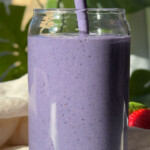
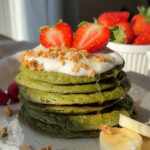
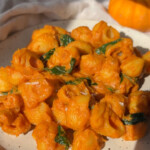
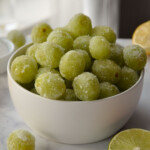
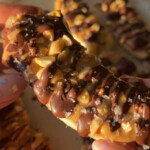
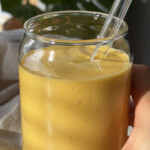
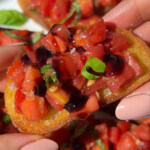
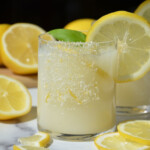
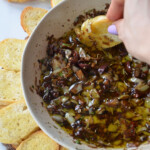
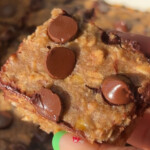
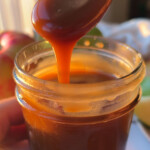
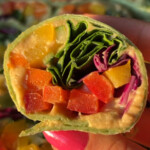
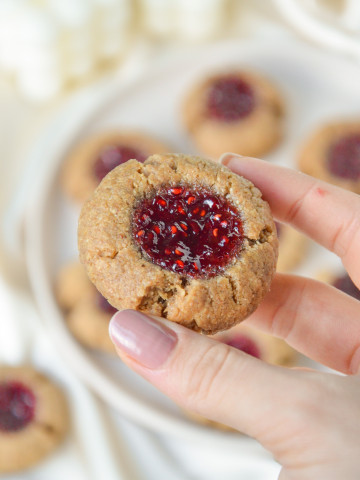
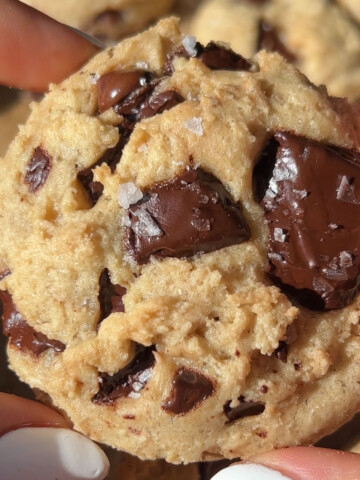
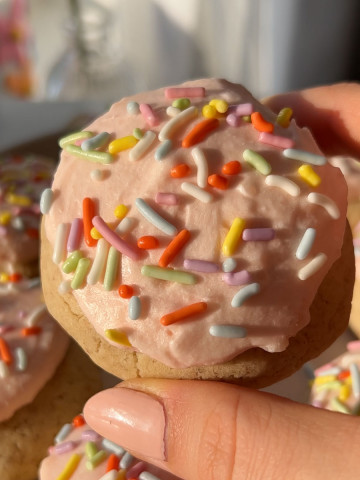
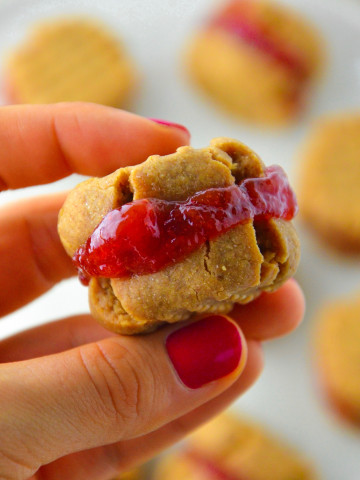

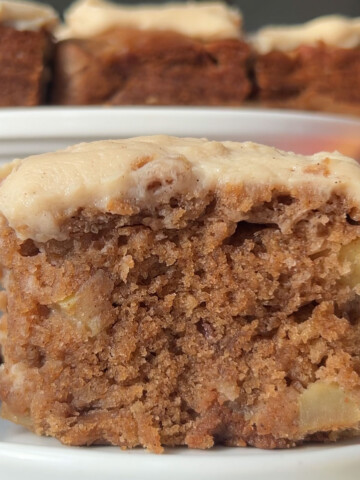
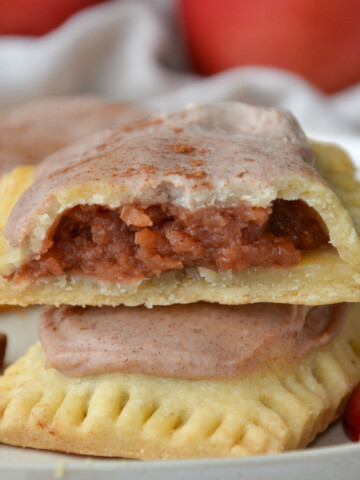

Leave a Reply